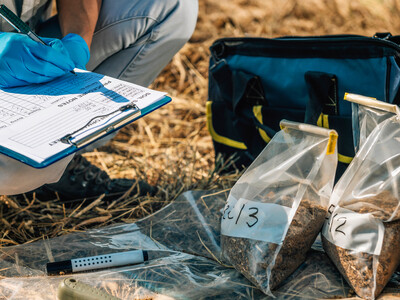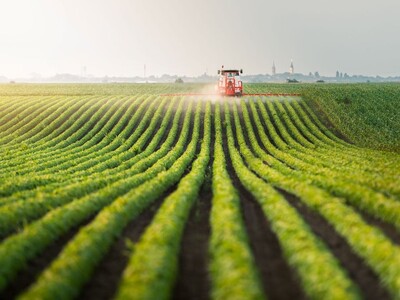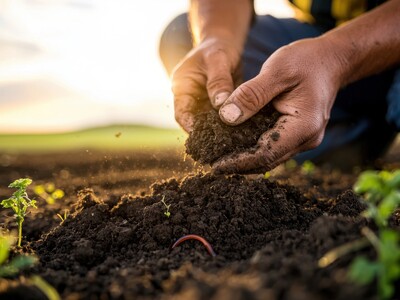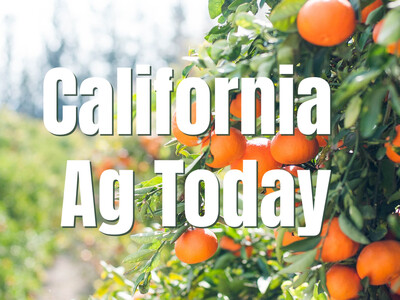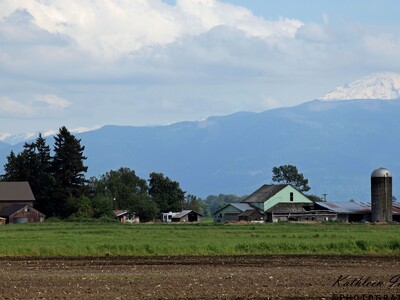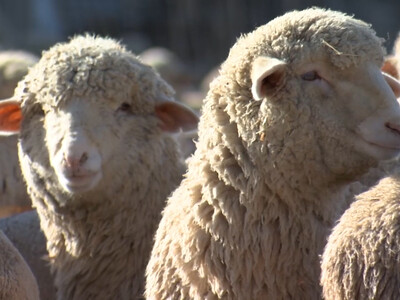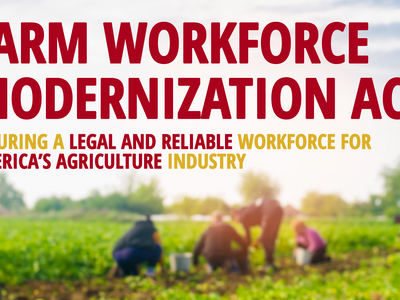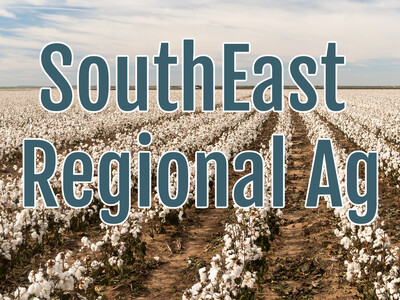Cattle genetics
Innovation advances in agriculture continue to move at a rapid pace. Case in point. Angus cattle production. As Mark McCulley of the American Angus Association recalls, it's been a short time frame that technological progress first improved weights and measures, then utilized ultrasound as a data collection tool. And now has led to advances in genetics.These genetic models where we develop these EPD’s or expected progeny differences. The most significant advancement in that whole space more recently has been genomics. So looking at a DNA sample and looking deeper, if you will, into the pedigree and the true genetics of that animal, to be able to predict what their outcomes and their phenotypes are going to be of their progenies.
McCully adds while genetic selection continues to be an important tool in cultivating traditional traits, increased research emphasis has been placed on other qualities, such as genetic selection of Angus cattle based on environmental conditions.
We still do raise cattle outside. So first we have to think about how that cow fits the environment that she's raised in so. Environmental pressures of the Southeast are different than that of the Midwest that are different of that in the high elevation regions. How do we best select these animals to fit their particular environment? So we're doing things around genetic selection for cattle that are better acclimated to be raised at high altitude pulmonary arterial pressure, EPD to select cattle that can really excel in high elevations.
We're also developing EPD’s around hair shedding so those cattle that can probably better survive and thrive in more tropical areas.





